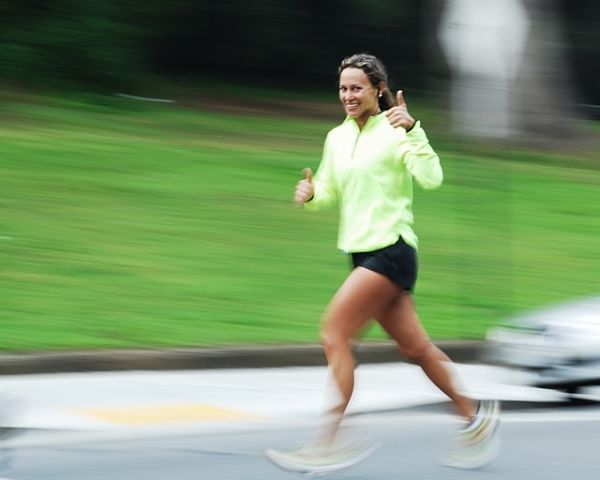According to the Centers for Disease Control and Prevention (CDC), more than 32 million Americans live with osteoarthritis. Don’t let the pain get you down. There are a number of things you can do to decrease your symptoms and live your best life.
Coping with Everyday Joint Pain
Certain supplements may have short-term benefits for knee arthritis but are unlikely to help long-term.
Diagnosis Life summary:
A systematic review and meta-analysis in British Journal of Sports Medicine (https://doi.org/10.1136/bjsports-2016-097333) included 69 randomized trials looking at 20 different supplements. While some supplements had statistically significant benefits, they were not thought to be clinically significant (avocado soybean unsaponifiables, diacerein, glucosamine/chondroitin, methylsulfonylmethane, and undenatured type II collagen). Others demonstrated short-term improvements for pain and function (Boswellia serrata extract, collagen hydrolysate, Curcuma longa extract, curcumin, L-carnitine, passion fruit peel extract, and pycnogenol) or medium-term benefits (green-lipped mussel extract and undenatured type II collagen). Unfortunately, no supplements offered long-term benefits.
Cognitive based therapy decreases insomnia caused by osteoarthritis.
Diagnosis Life summary:
Osteoarthritis pain can make it hard to sleep. A study in JAMA Internal Medicine (https://doi.org/10.1001/jamainternmed.2020.9049) looked at 300 adults with moderate-to-severe insomnia and joint pain. The researchers assigned them to 8 weeks of telephone-based cognitive based therapy (six 20-30 minute sessions) or a control with education-only interventions aimed to improve their insomnia. Using the Insomnia Severity Index (max score = 28), insomnia in the treatment group decreased by 8.1 points at 2 months but by only 4.8 in the control group. After 12 months, the treatment group had higher rates of remission (scores ≤7) than the control group, 56% vs. 26%.
Low-intensity exercise is as effective as high-intensity exercise for knee pain.
Diagnosis Life summary:
Strengthening the muscles around the knees should in theory decrease pain from arthritis. How intense should your exercise routine be to get results? A randomized trial in JAMA (https://doi.org/10.1001/jama.2021.0411v) assigned 377 adults with osteoarthritis and knee pain to one of three exercise groups: 1) high-intensity strength training 3 times per week, 2) low-intensity exercise strength training 3 times per week, and 3) a control group with twice weekly exercise counseling. The low intensity group had a greater clinical improvement at the 6 month mark. By 18 months, pain scores were comparable for the high and low intensity training groups. Researcher Stephen P. Messier, PhD noted, “Strength training has a modest, but consistent effect on pain reduction of about 30%.”
Physical therapy is more effective than steroid shots for knee pain.
Diagnosis Life summary:
A study in the New England Journal of Medicine (https:/doi.org/10.1056/NEJMoa1905877) randomized 156 adults with knee osteoarthritis to treatment with physical therapy (8 sessions within the first 4-6 weeks with 1 to 3 optional sessions up to 9 months) or a glucocorticoid injection (1 to 3 injections over a year). Pain, function, and stiffness was assessed according to the Western Ontario and McMaster Universities Osteoarthritis Index (WOMAC) score (0 = best to 240 points = worst). At the one year follow-up, participants treated with steroid shots decreased their score from 108.8 to 55.8 (48% improvement). Participants treated with physical therapy went from 107.1 to 37.0 (65% improvement). The less invasive approach to osteoarthritis appears to be more effective overall.


Leave a Reply